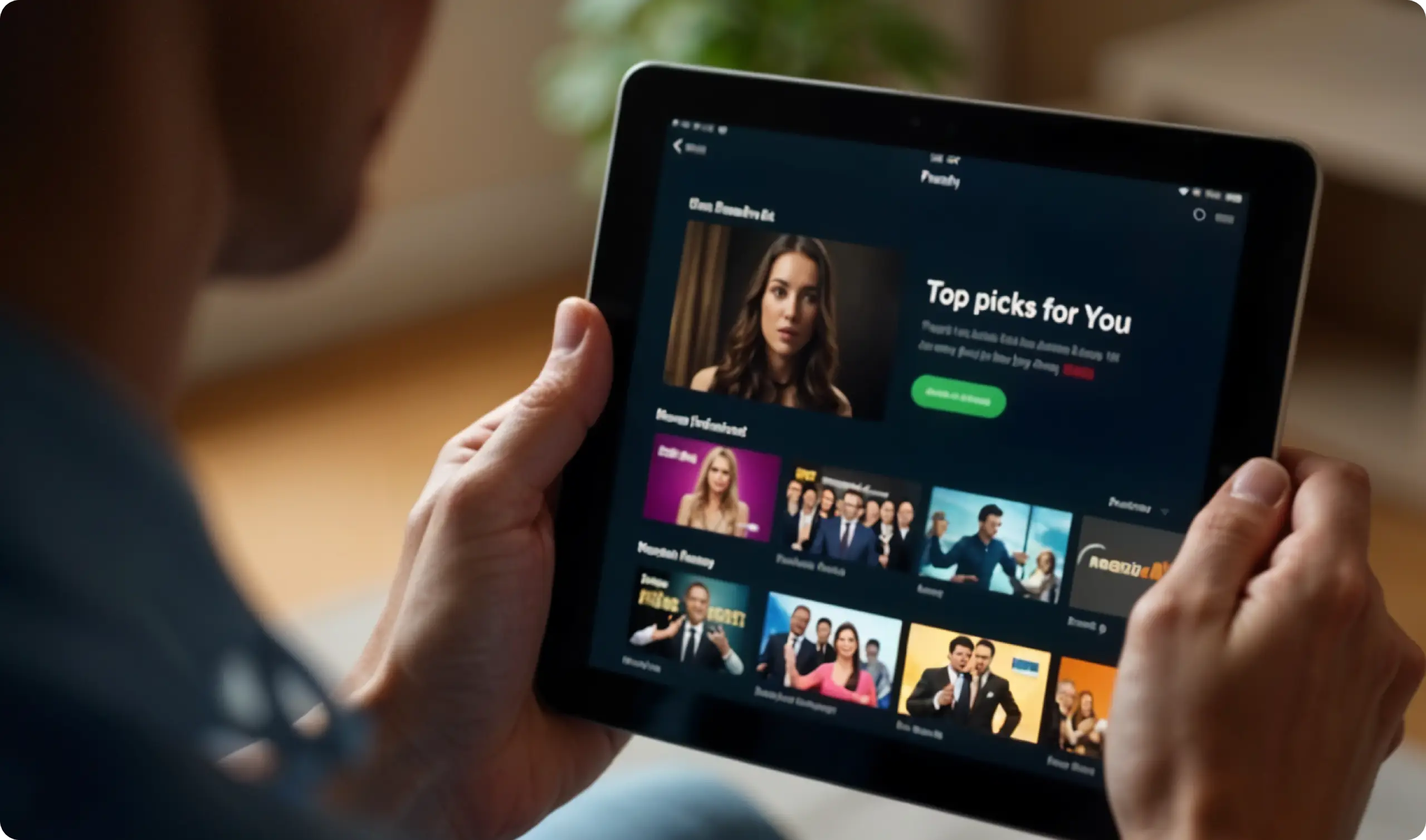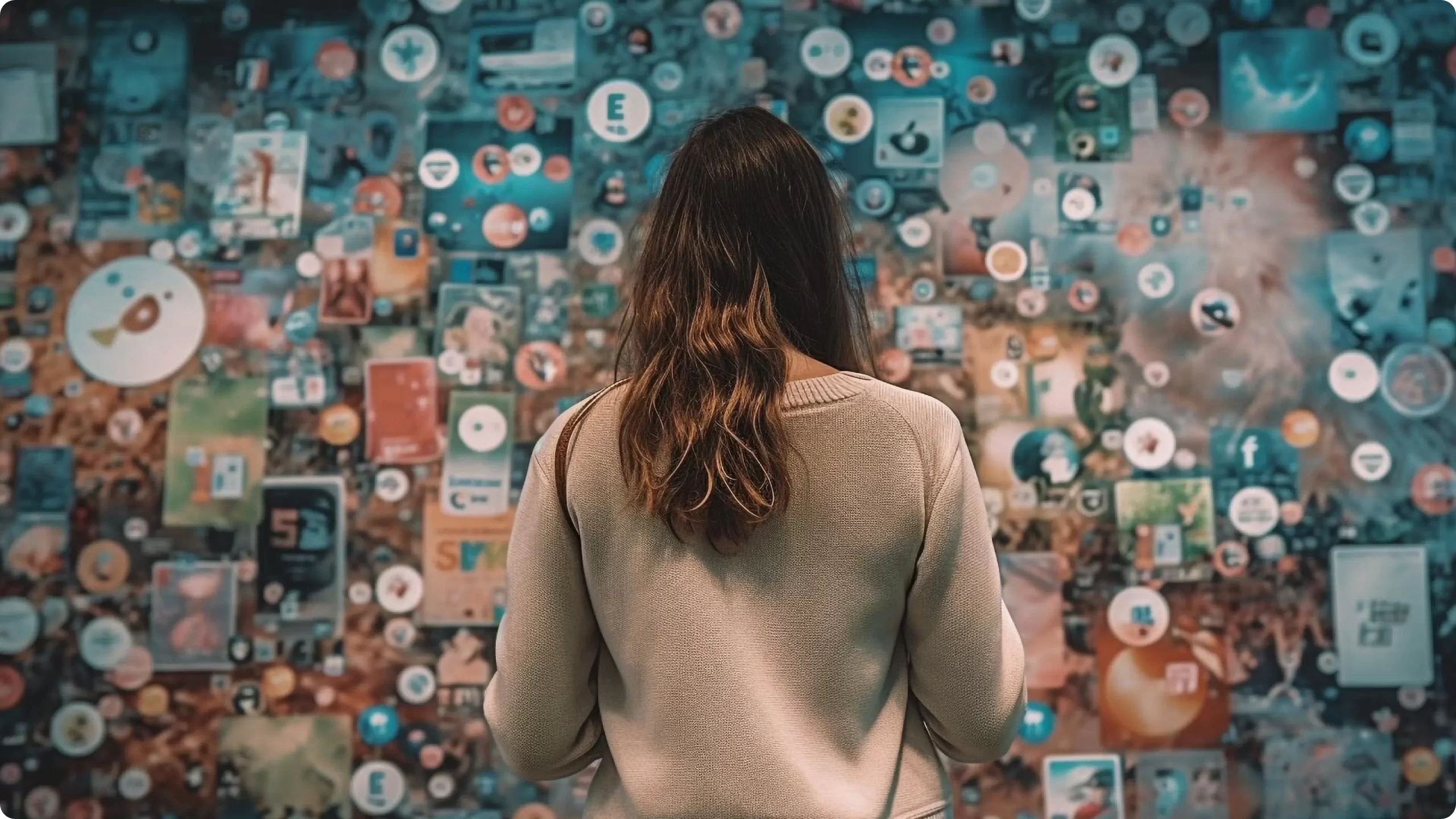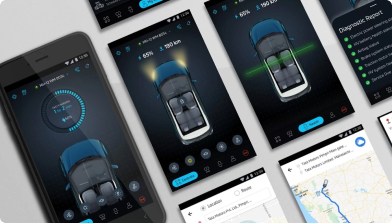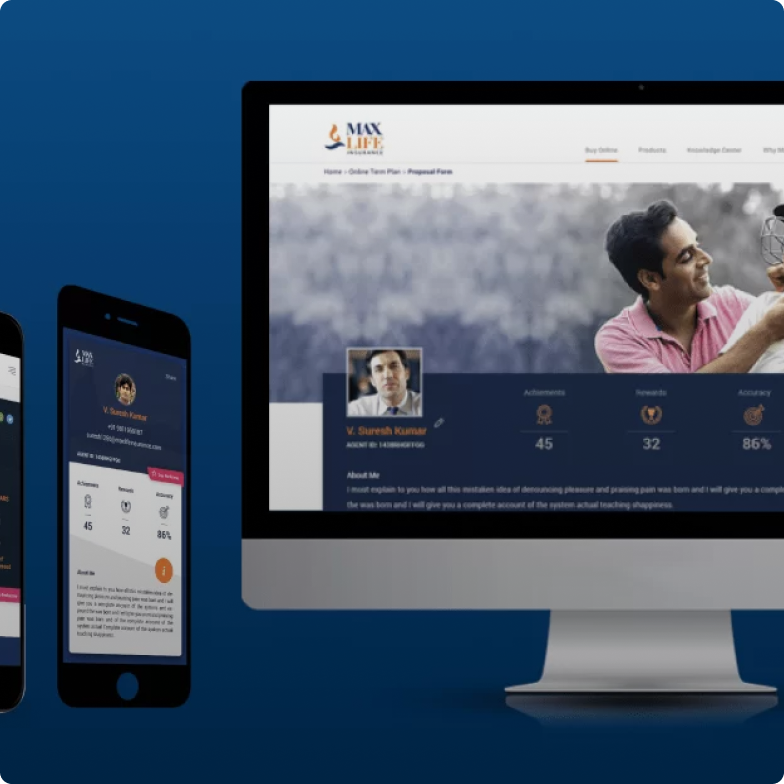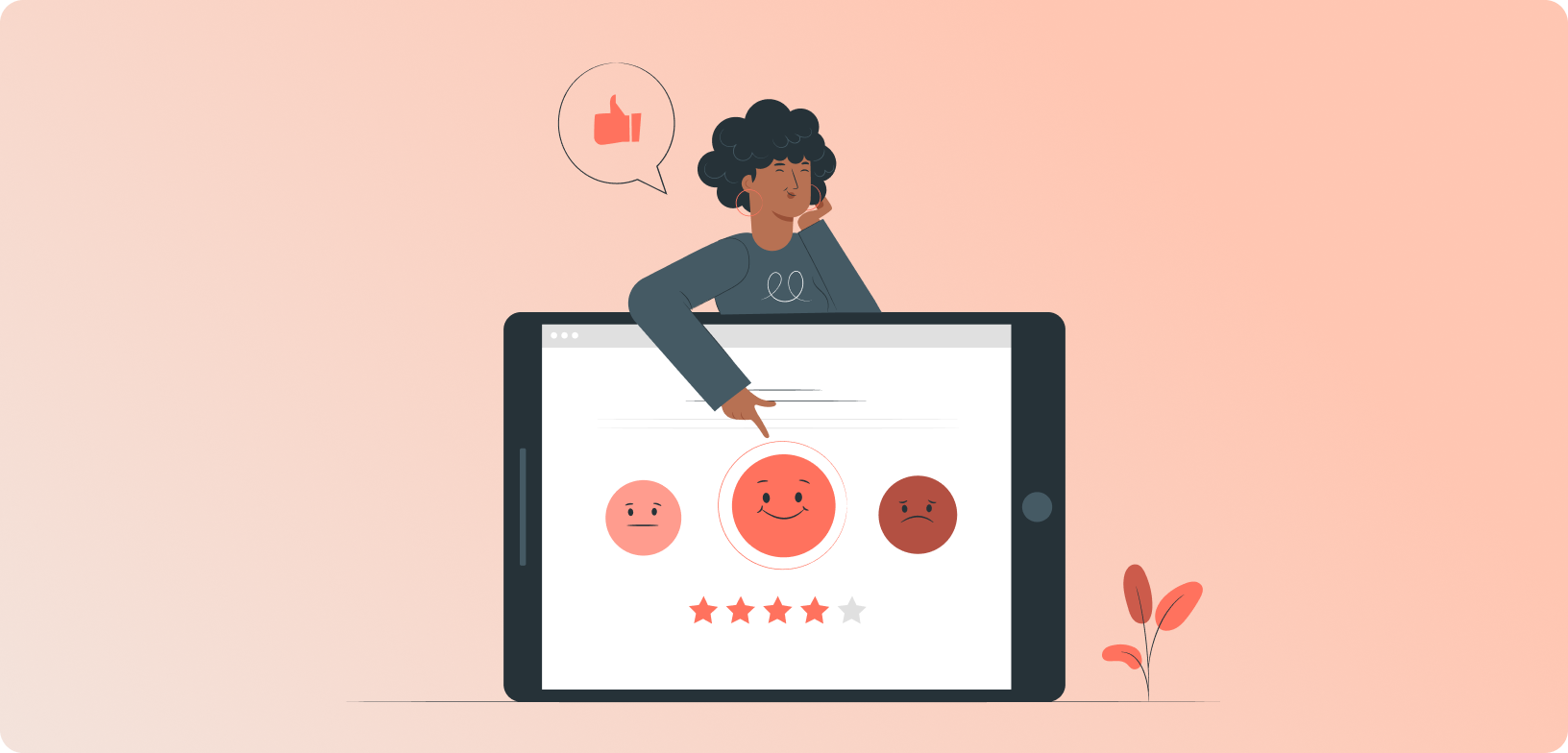
Think of the last time you went onto a website or an app, and paid for the product or service. Now think of the emotions linked to the entire process- from arriving on the webpage to paying up. How did the website strike the right chord? What made you say, “Take my money.”
Was the visual and navigational experience intuitive, aspirational, happiness-inducing, or just comforting enough for you to seal the deal? Well, whoever took care of the UX Design of this digital product dipped into your emotions, and voila, you were hooked!
In this article, we will explore the significance of emotional design and how it impacts user experience.
Emotional Design and User Behavior
So, how exactly do emotions fit into the tech-led space of UX Design? The answer to this is the cognitive fact that emotions hold immense power in shaping user behavior and decision-making when interacting with digital products.
Positive emotions can inspire exploration, loyalty, and a higher likelihood of taking desired actions, while negative emotions can lead to abandonment and decreased engagement (we don’t want that now, do we?).
Understanding and designing for these responses is where the notion of emotional design comes in. Emotional design essentially helps create effective and emotionally engaging digital products that resonate with users, ultimately leading to long-term success. Emotions can also influence repeated user loyalty to a product or brand. When users have a positive emotional connection to a product, they are more likely to become loyal customers who will continue to use the product and recommend it to others, as a bonus.
Plugging-In The Power of Emotional Design
Now that we’ve established the weight emotions carry in UX Design, let’s get into the “How To” of pouring the right emotions into each design.
- Conduct user research: Quick due diligence can help designers gain insights into users’ emotional responses to different products or services in question. This can include observing users’ behavior and emotions as they interact with a product or service, conducting surveys and interviews to gather feedback, and analyzing data on user behavior and preferences. This data can then be used to make design decisions that meet the target users’ emotional needs and preferences.
- Behavioral science meets design: Designing with intent, rather than on a whim, can help create a UX Design that just sits right with the audience. To accomplish this, designers can use insights from behavioral science to understand how users make decisions and what factors influence their emotions- when it comes to the product or service in question.
- Think like a game designer: The only reason why you want to go back to your PS5 this very instant is that game designers are experts at creating experiences that are engaging, fun, and emotionally resonant. By learning from game design principles, designers can create products or services that tap into users’ emotions and encourage positive behaviors.
- Habit-formation for customers: Designing with the goal of habit formation can help ensure long-term engagement and emotional connection with users. For example, incorporating elements such as notifications, and personalized recommendations can help users develop a habit of using a product or service regularly.
- From tactics to product strategy- A Cohesive experience: Designing for emotions should always be in tandem with the overall business and product goals. This comprehensive strategy can help ensure that emotional design is integrated into all aspects of a product or service. This includes considering factors such as branding, marketing, and user experience, and creating a cohesive emotional experience that resonates with users.
A Rock Solid Foundation for Emotional Design
Creating a strong emotional connection that leads to long-term engagement and loyalty comes with a strong foundation of emotional design, which can be attained using these four cornerstones:
- Functionality: The first and most important element of emotional design is functionality. A product or service must be able to solve users’ pain points and meet their functional needs. This means that it should be designed with the user’s goals in mind, and should provide the necessary features and capabilities to help users achieve those goals.
- Reliability: In addition to functionality, emotional design must also focus on reliability. This requires a focus on quality and consistency, with a commitment to maintaining high standards and meeting user expectations.
- Usability: UX Design prioritizes usability, making it easy for users to understand and interact with a product or service. This requires a focus on simplicity and clarity, with a commitment to designing intuitive interfaces that are easy to maneuver through.
- Pleasurability: In the end, emotional design should aim to create a positive emotional experience for users, ensuring that they feel good about using a product or service and that it helps them achieve their goals. This requires a focus on aesthetics, interaction design, and emotional engagement, with a commitment to creating a delightful and rewarding experience for users.
The Dawn of Emotional Design
By taking a user-centered approach and designing digital products with the user’s emotions in mind, designers today are creating UX Designs that are not only effective in the way they put the message across, but also enjoyable and meaningful for users to engage with. With the dawn of emotional design, today, the drabbest, most tech-heavy websites and digital products are also getting a much-awaited facelift, and for good reason!
Wish to know how emotional design can deliver desired results for your business?
Get in touch with us today!
